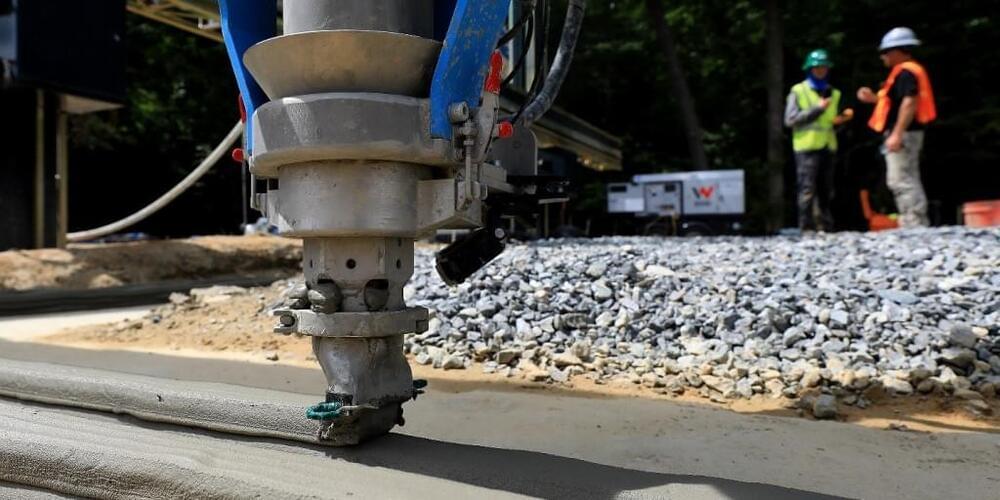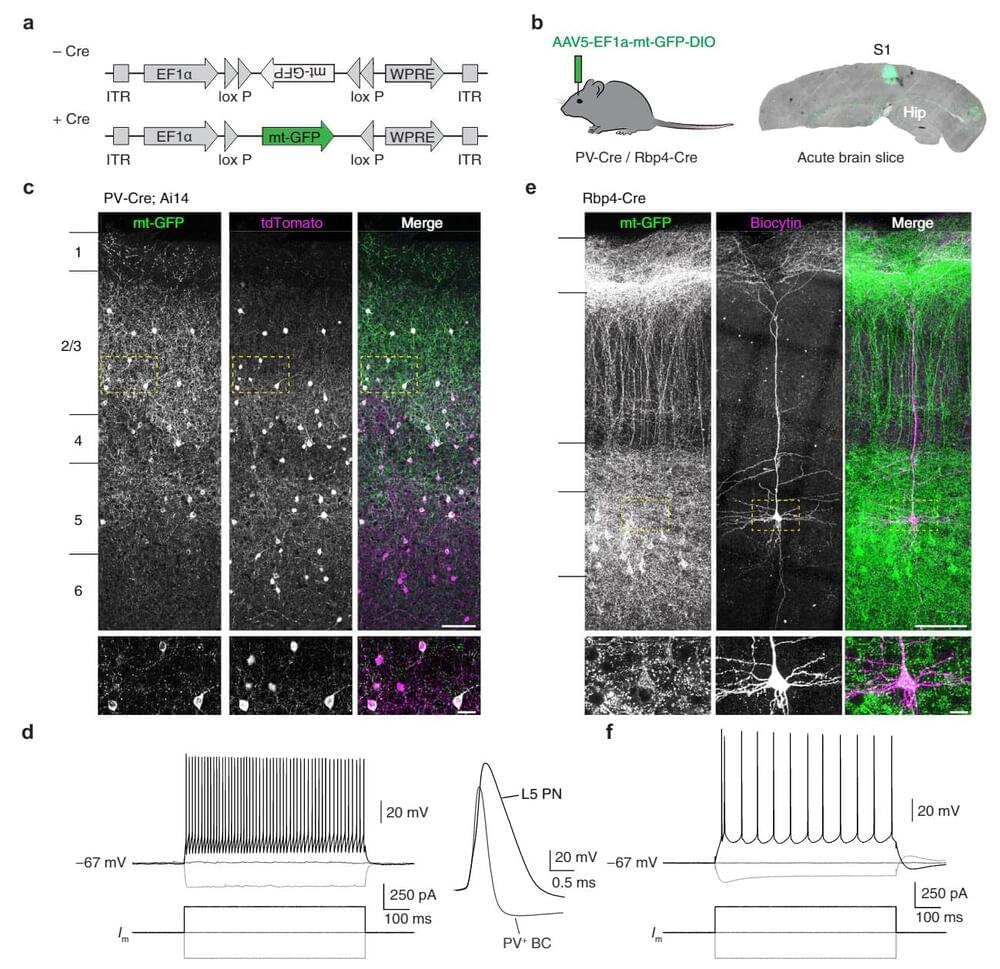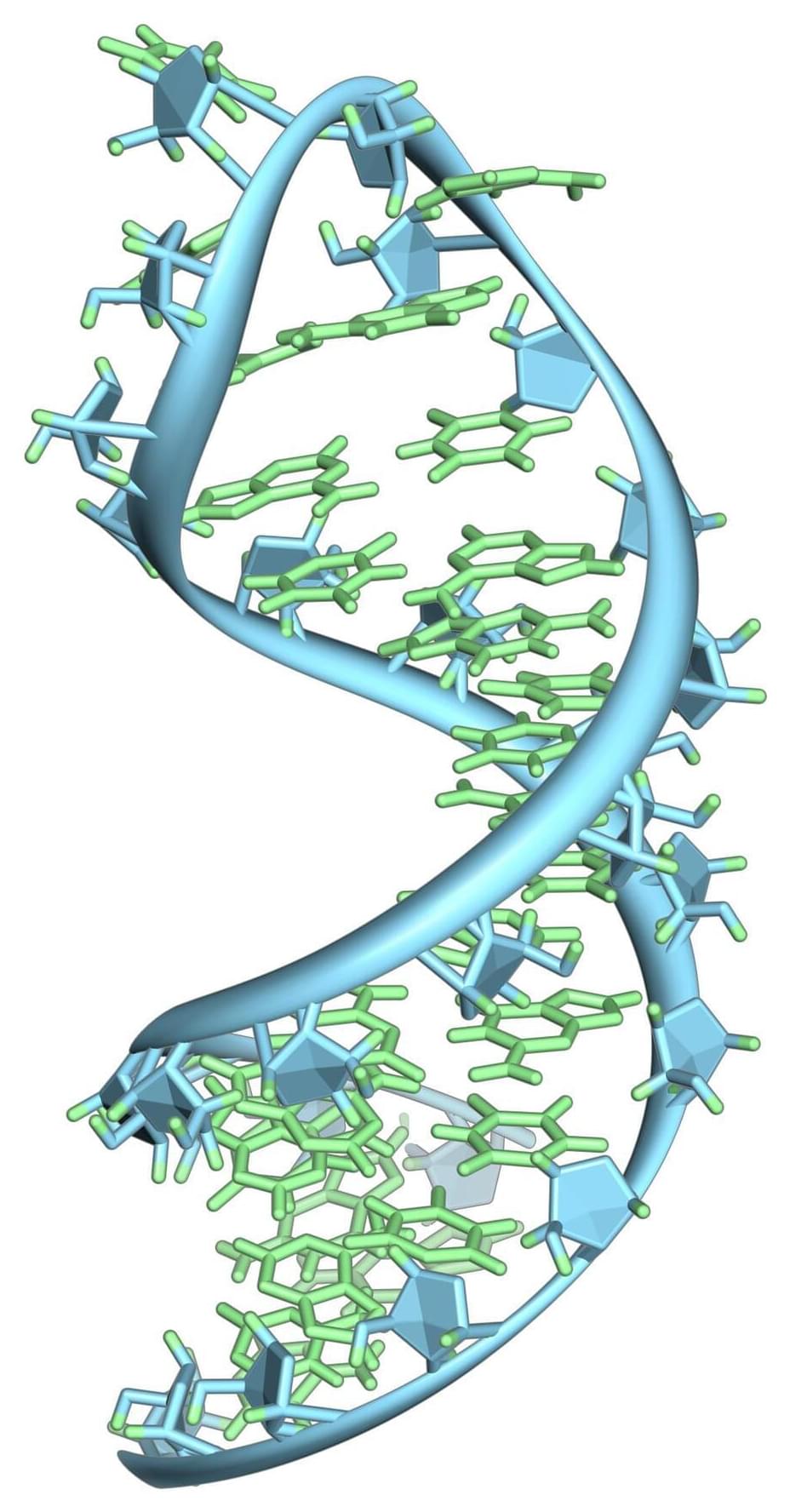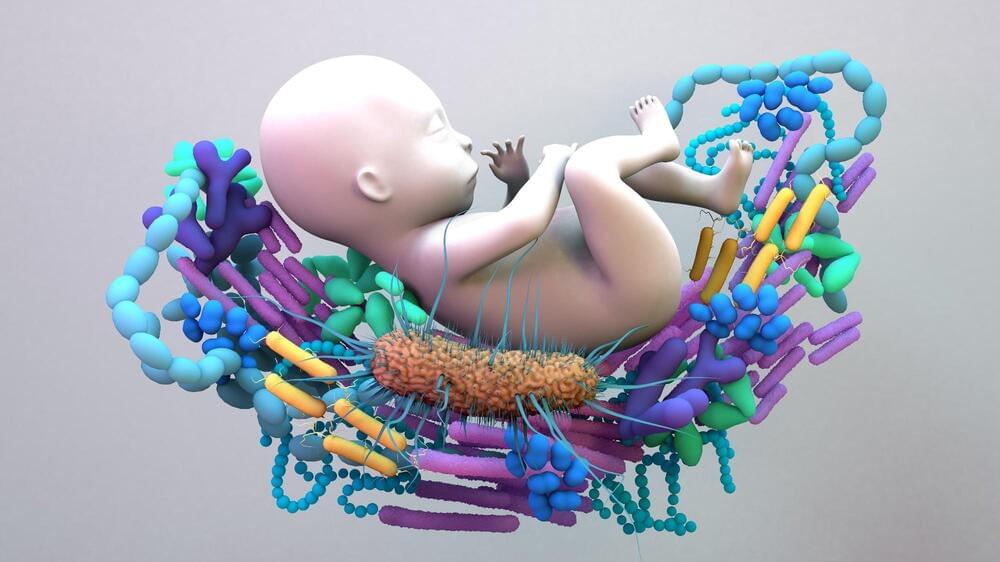Created by OpenAI, ChatGPT is the latest artificial intelligence technology to hit the market, and it’s making waves in the tech community. This new software is designed to help you communicate with others using natural language processing. In other words, ChatGPT can understand the human conversation and respond accordingly.
ChatGPT is a very advanced chatbot that has the potential to make people’s lives easier and to assist with everyday tedious tasks, such as writing an email or having to navigate the web for answers.
This makes it perfect for customer service, sales, or any other profession that requires human interaction. If you’re looking for a way to improve your communication skills, ChatGPT is definitely worth checking out. In this blog post, we’ll explore how ChatGPT works and some of the benefits of using this AI technology.








